Smart Agriculture
We're working on a flexible set of tools for agriculture indoors and outdoors, both for gardens and farms.
We're working on a flexible set of tools for agriculture indoors and outdoors, both for gardens and farms.
To make the experience fit your profile, pick a username and tell us what interests you.
We found and based on your interests.
NetworkClock_V3.inoBasic code to hook up an ESPresso Lite V2.0 to the Internet and display the time (updated every 2 seconds) on a ywRobot LCD display.ino - 5.68 kB - 05/16/2016 at 15:10 |
|
July 25, 2017 | ProgressTH This is the latest indoor system we are working on. It is a small tabletop aquaponics system using a 350mm tall by 220mm diameter cylindrical glass container (14.5 liters/3.8 gallons), a modified 6 liter water bottle planter with pumice (volcanic stones), a small aquarium pump, and a 3D printed support and cover.
Since there is not enough light indoors to grow anything of significance, a 30W LED floodlight is used above the first unit (left image, right side), and a 50W LED floodlight above the second (left image, left side). All of this is placed within a modular metal shelf designed for supporting a lot of weight.
The containers host platy fish, freshwater shrimp, and common aquarium snails, all of which have been successfully reproducing, creating a sustainable micro-ecosystem.
Growing above is arugula.
The files for this project, including the SketchUp file, are already up on Thingiverse here.
It's probably unlikely you will find the exact glass container we are using, so the SketchUp file will help you see how we designed our project and give you a starting point for customizing your own system.
Even between the two containers we used, despite being almost identical, the diameter had to be adjusted by between 2-5mm.
Something similar is also possible for small rectangular tanks.
Since this is a larger project, the casing and platform are pretty big and need to be printed out in pieces and friction welded together. For an overview of this process, please see this post (with video) from Hackaday.
Significant warping occurs when printing the side halves of the case. In order to friction weld them together, a length of filament must be inserted into the gap and then welded over. The process is explained in more detail here.
Follow ProgressTH.org on Facebook here or on Twitter here.
June 11, 2017 | ProgressTH A grow box is a basic means of creating an indoor garden using artificial lighting and a varying degree of automation. It is useful if you lack rooftop, balcony, or other outdoor space for growing.
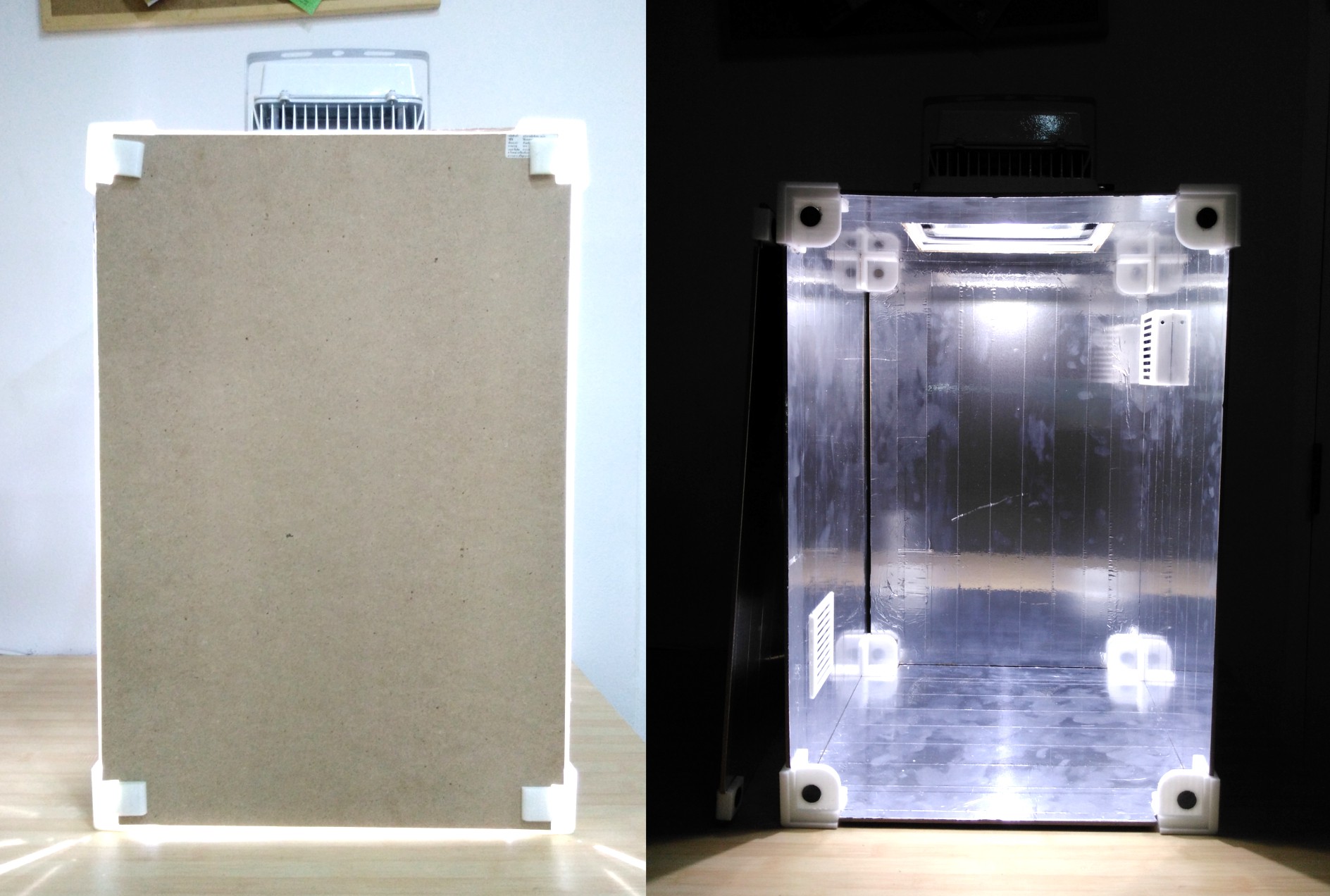
The box itself provides a means of suspending the lighting and enclosing it to maximize reflection back onto the plants. The box also serves as a platform to add in automation for irrigation, ventilation, monitoring, and more.
This prototype was constructed from 600x400mm MDF boards, 3D printed joints, aluminum foil tape, and magnets to create a front magnetic panel for accessing the interior.
It uses a 30W LED floodlight for illumination. It has been used to successfully grow herbs before, but it is still unknown whether or not it can successfully be used with fruiting plants like chili peppers or tomatoes.
Using an IoT weather station from a previous project, we are able to monitor and record the internal conditions of the box. The graphs here display the information as it is updated in real time using ThingSpeak.
So far, only two types of basil are growing inside it using soil as a grow medium just to see if anything at all will grow inside. Development is underway for a hydroponics or aquaponics system.
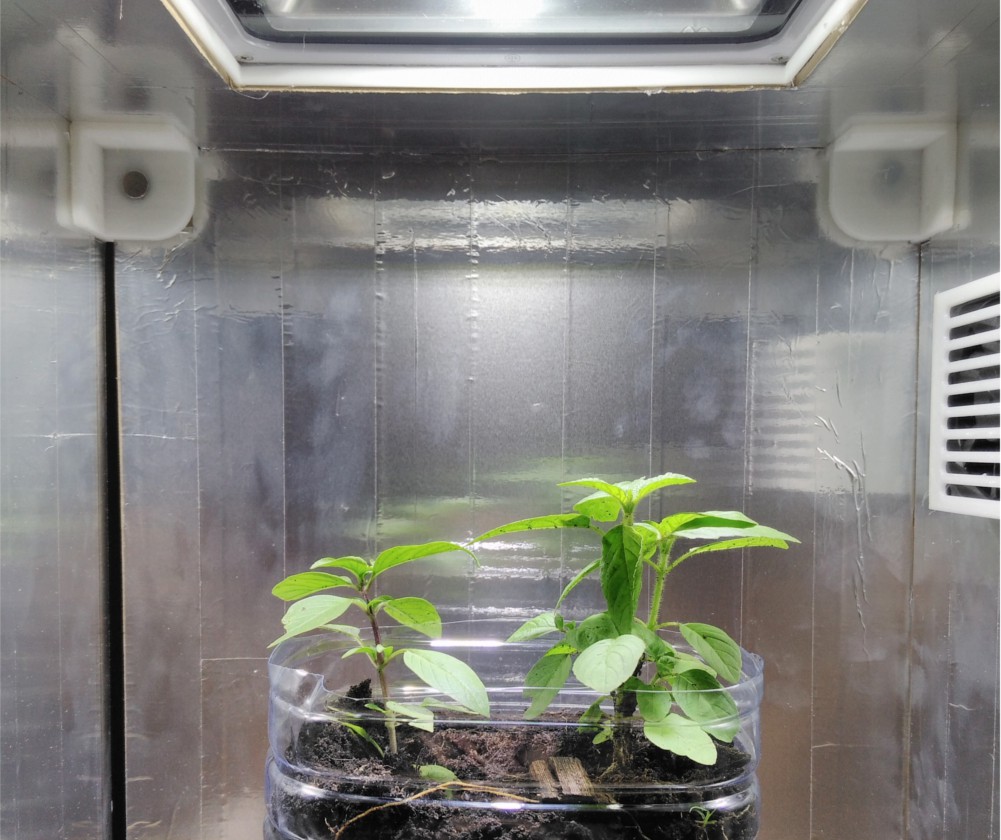
This project is an attempt to replicate MIT's Personal Food Computer using materials readily available here in Bangkok at hardware, electronics, and stationary stores.
Careful, patient use of a utility knife can be used to cut the MDF board. Hot glue is used to join everything together.
Parts List:
December 1, 2016 | ProgressTH We've been busy with the rooftop garden, and in the process we participated in a 2-day workshop (FarmHack 1.0) in which we developed a simple automatic irrigation system. It works by opening and closing a small valve using a 3D printed actuator, triggered by a hobby moisture sensor controlled by an Arduino.
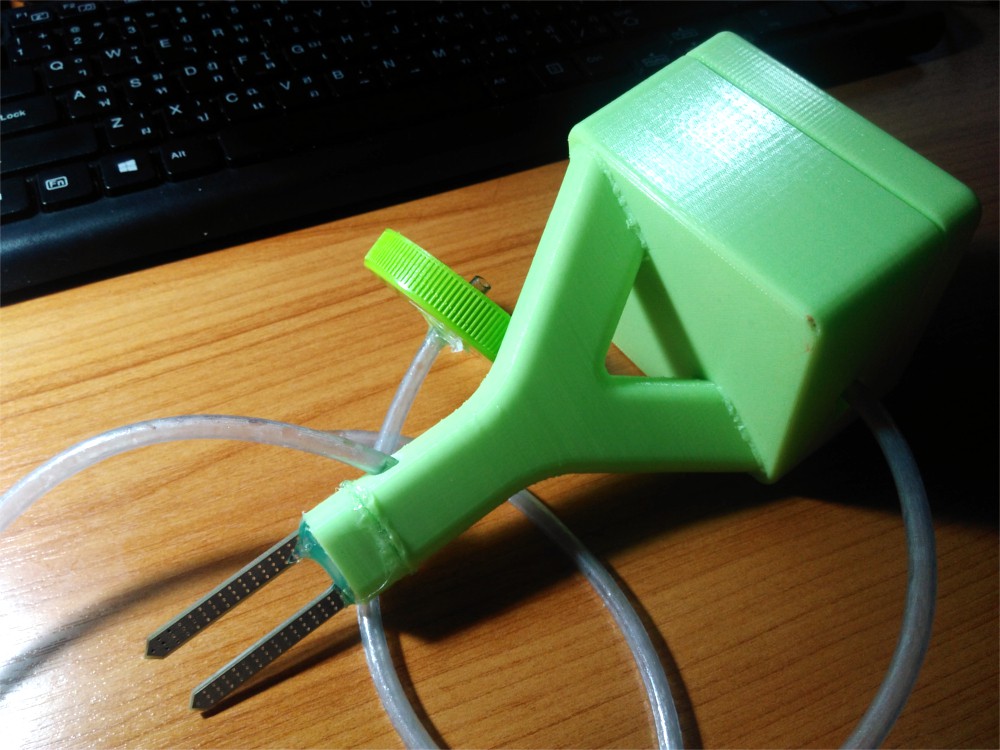
The system works and gives us a starting point for scaling it up for the rooftop garden.
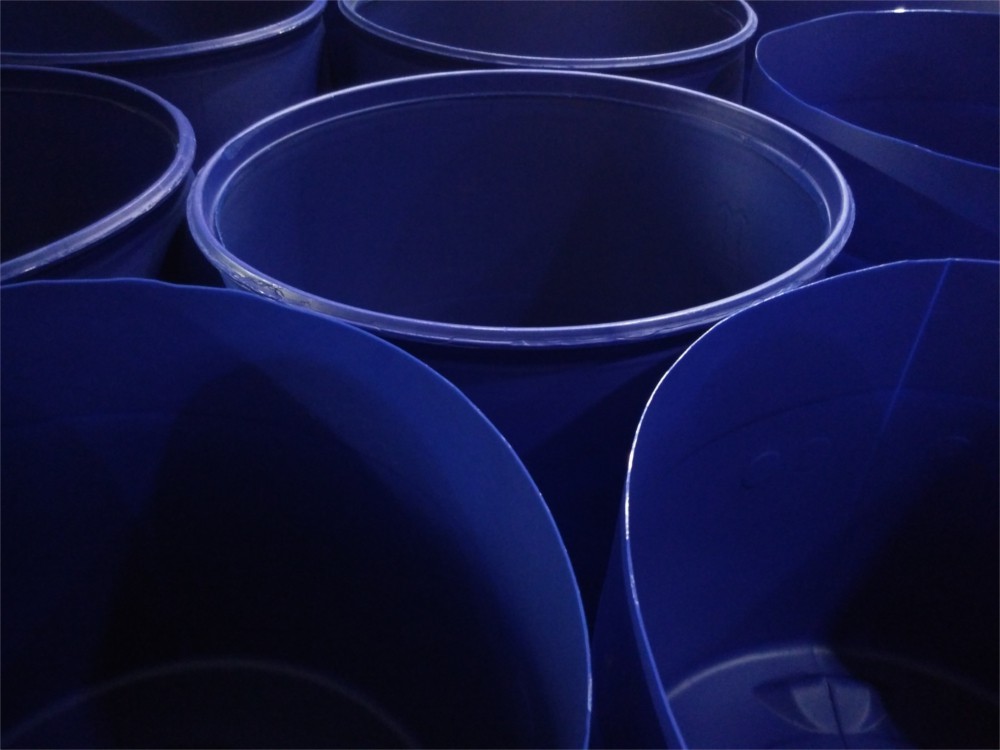
The rooftop garden was converted from concrete raised beds to 200L HDPE barrels. Four barrels were cut in half and filled with soil, the fifth barrel is being kept as a reservoir for irrigation.
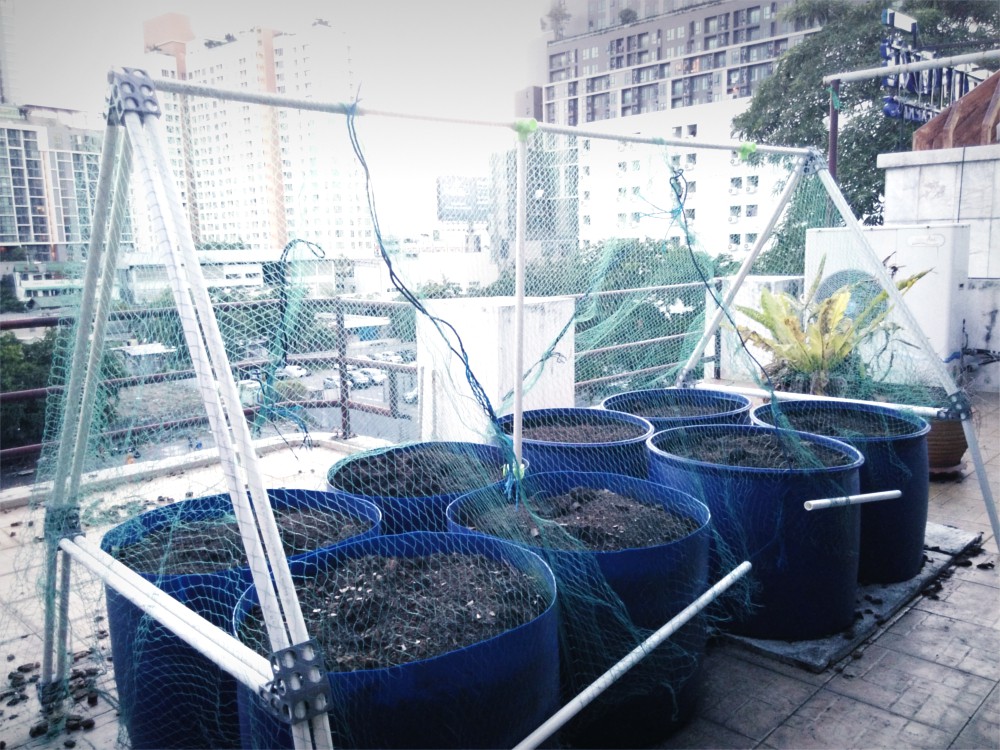
Next we covered the barrels with bird netting supported by PVC pipes joined together by custom 3D printed joints. We used 1 meter lengths of PVC piping to weigh down the net rather than tie it down. This way, we can just raise it up to work on the garden then drop it back down in place when we're done.
Still to come is an automated irrigation system large enough (and with room to grow) for this set up, a remote monitoring system we can use over the Internet (in case we set up multiple gardens on multiple rooftops in the area) and data logging to keep track of and visualize statistics of weather and irrigation and any other sensors we add over time.
Follow ProgressTH.org on Facebook here or on Twitter here.
July 8, 2016 | ProgressTH Our current aquaponics project is a direct descendant of a much older project we've been working on long before we created ProgressTH.
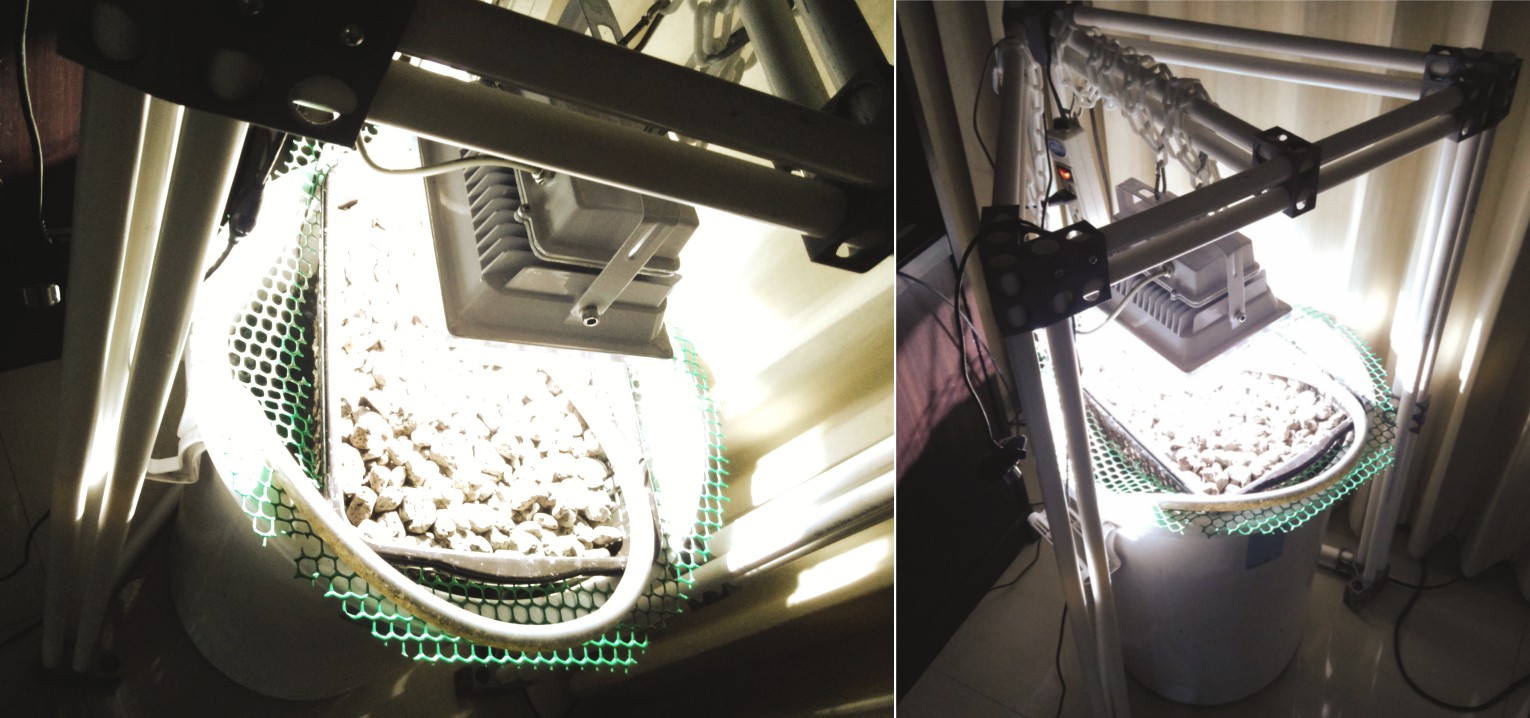
We've updated it, using a 3D printed connector system to create a modular frame to hold the grow light, sensors, fish feeder, and web cam monitoring system. You can download and print out the connectors from Thingiverse here. We're also working on a new 3D printed fish feeder, the web cam monitoring system which will use a WiFi enabled Raspberry Pi, and a few other subsystems.
If the LED light doesn't perform as expected, the system will be moved out onto the balcony. The subsystems are all being designed with weather and the possibility of losing the light and moving outside in mind.
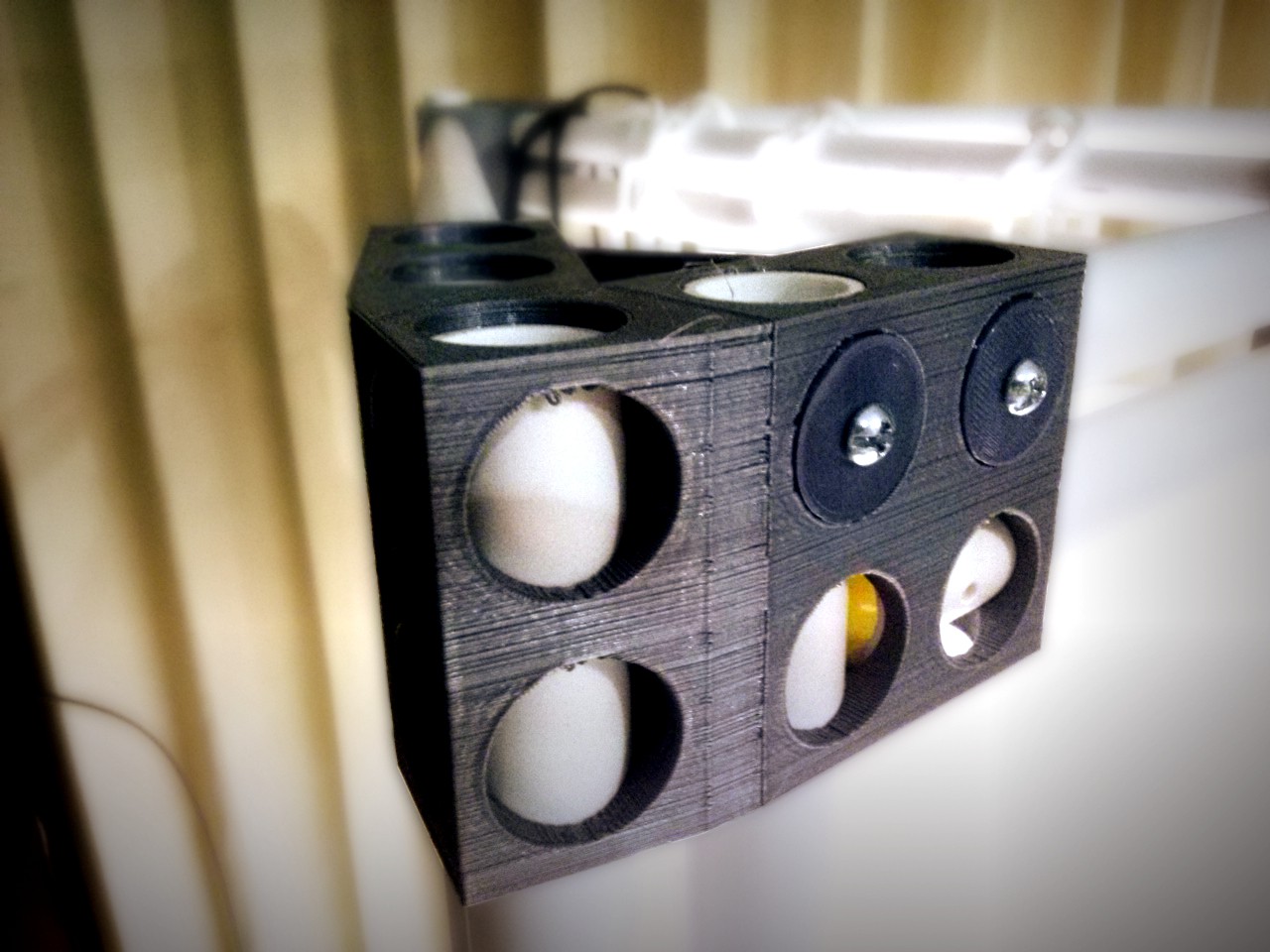
It should be noted that the original snakeskin gourami used in the first system 2-3 years ago are still alive and part of the current system. They are a hardy fish who out in the wild would occupy cramped corners in rice fields and other parts of rural irrigation systems.
Follow ProgressTH.org on Facebook here or on Twitter here.
July 1, 2016 | ProgressTH Putting together a 5V regulator is surprisingly easy to do if you already know how to solder. There are lots of plans out there for different versions depending on what sort of parts you have access to.
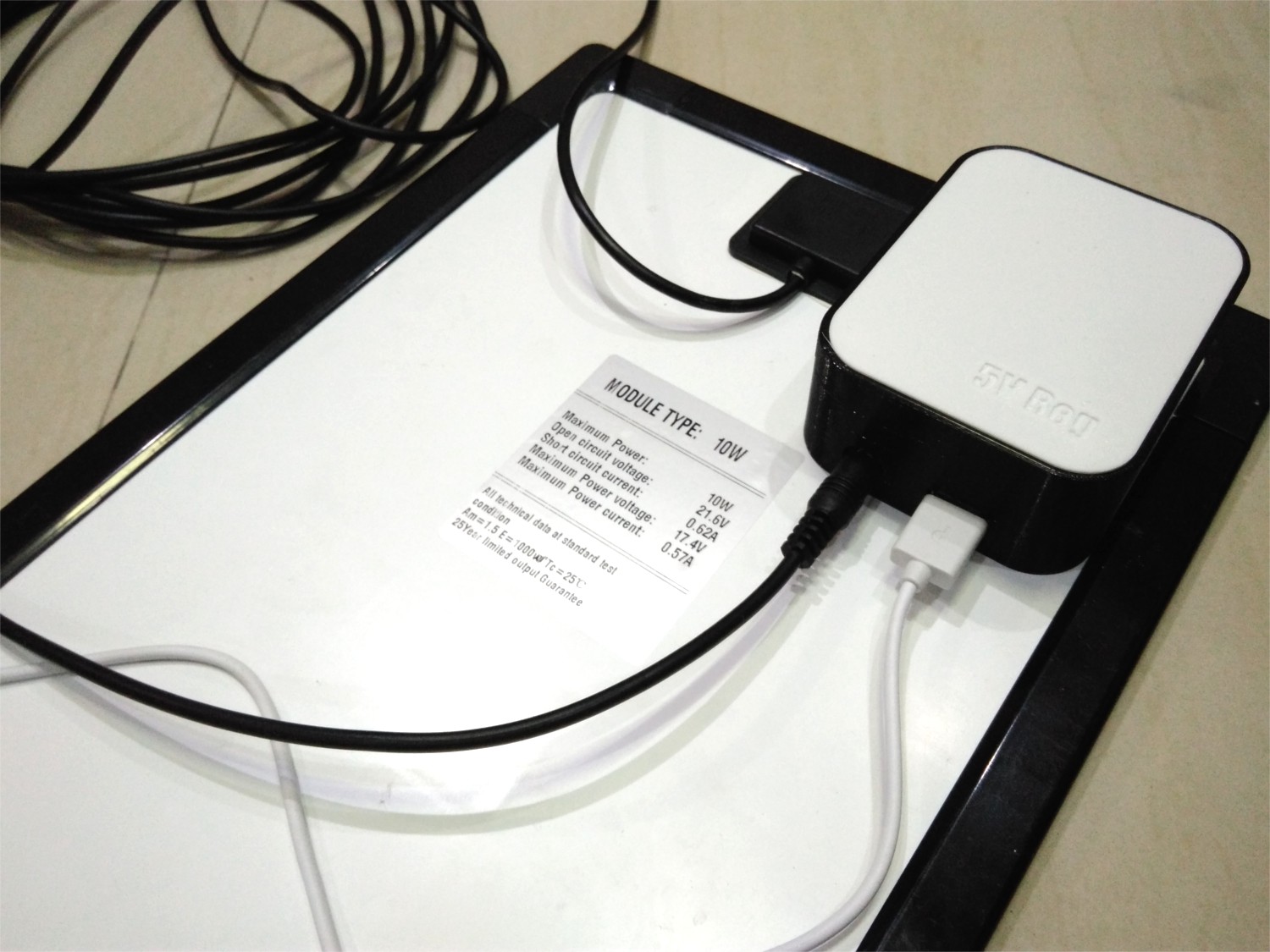
This is being built to supply a steady 5V to a power bank that will (hopefully) power Arduino projects bound for both the rooftop garden and the smart farm outside the city.
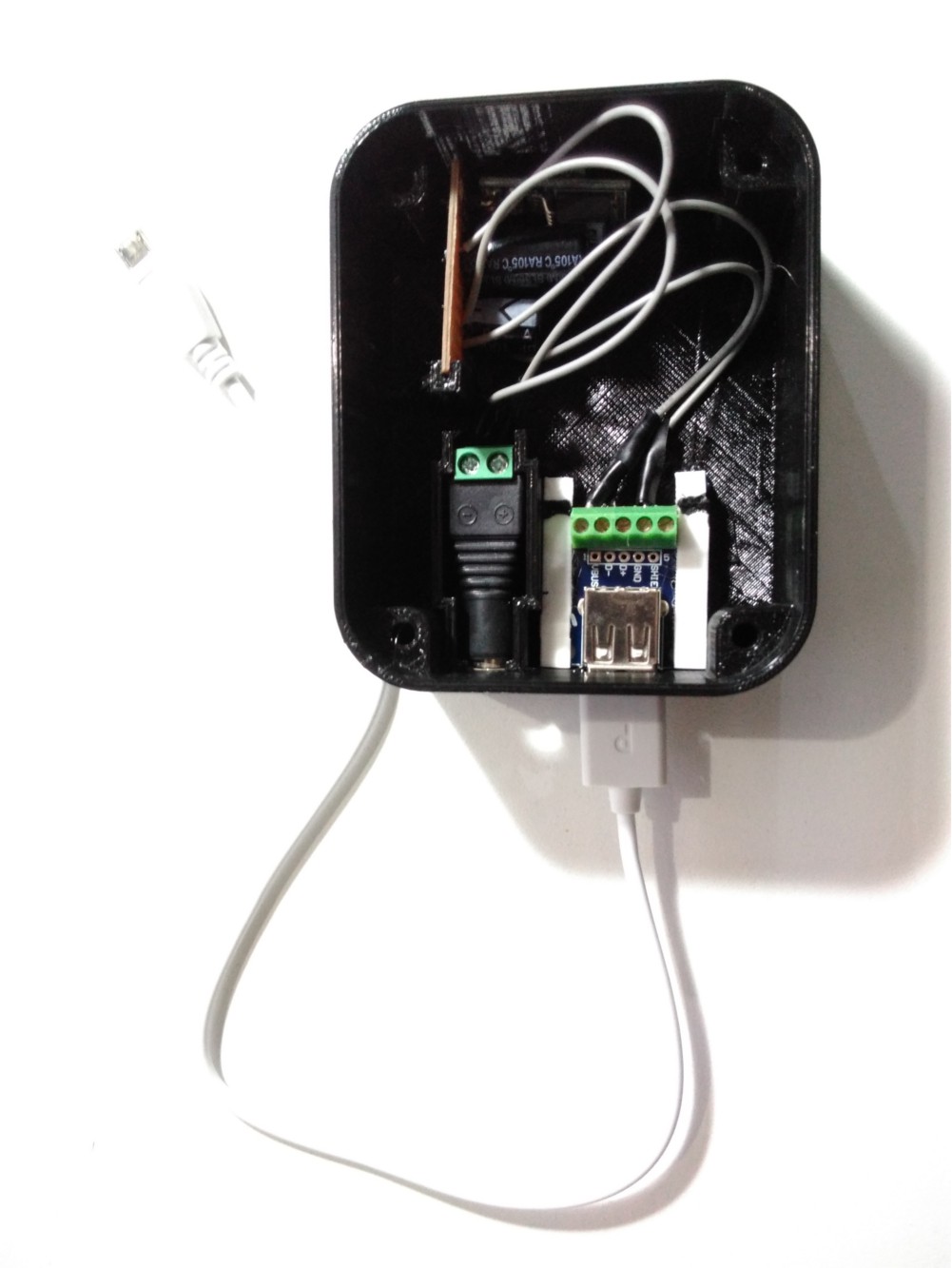
We're using a Gravitec 3-terminal 5V 1A switching voltage regulator and two capacitors (50v 470uF and 16v 1000uF) as well as a basic barrel power adapter and a female USB breakout board to bring the power in from the solar panels and out to the power bank.
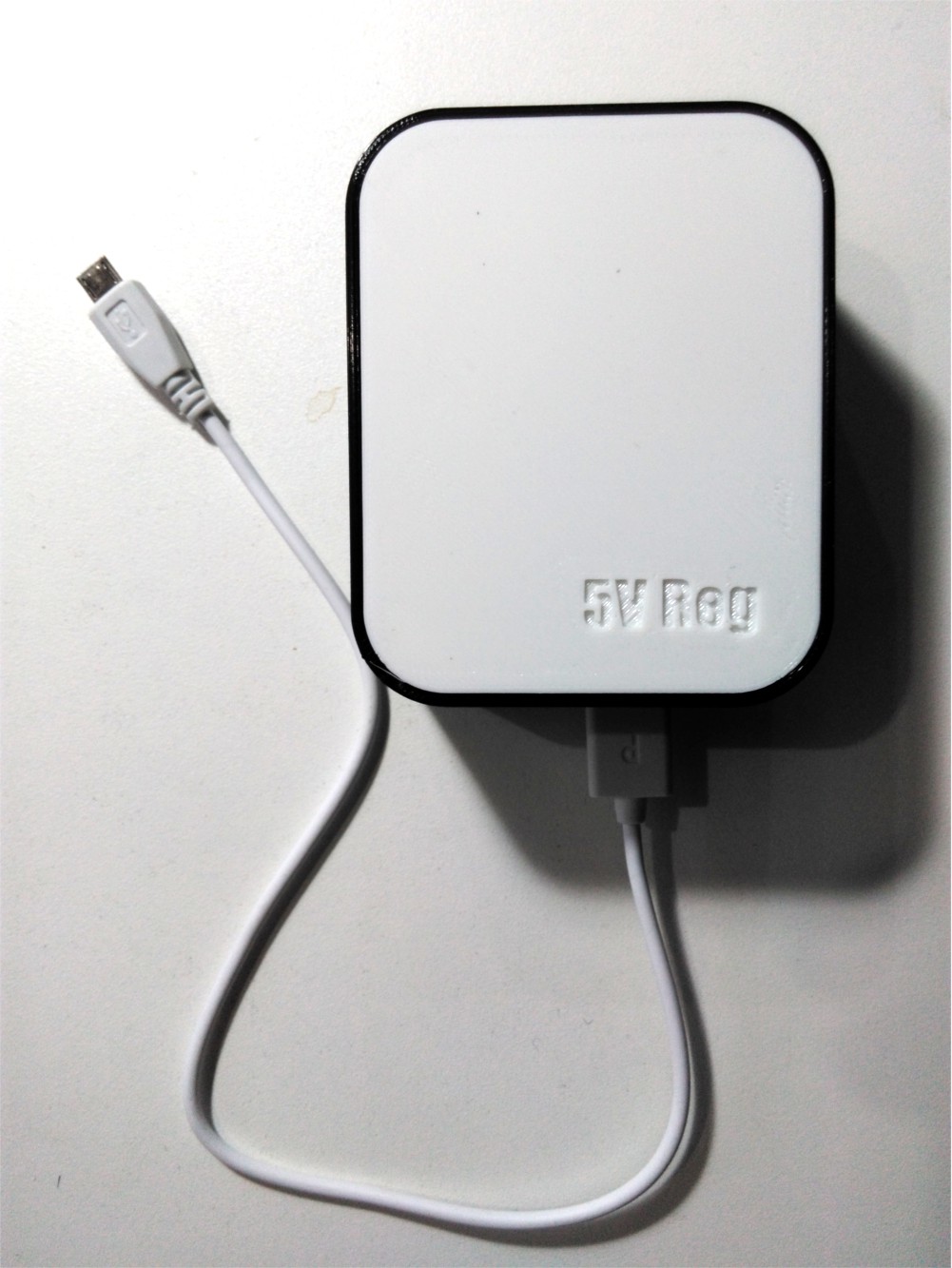
We first tested it with a 9V power supply and it worked. We also tested it outside with the power bank hooked up to see if the power bank would begin charging and it has.
We also took some time to design, 3D print, and assemble a custom case for the regulator and adapters. If you have your own 3D printer and are good at SketchUp or a similar 3D design program, designing and fabricating cases can take less than an hour of your time (not counting the time you wait for the printer to print which you can use to for other projects).
 Next we will need to explore the limits of what a power bank can do as far as powering Arduino projects, and how long a solar panel can keep the power bank going with the project running.
Next we will need to explore the limits of what a power bank can do as far as powering Arduino projects, and how long a solar panel can keep the power bank going with the project running.
Follow ProgressTH.org on Facebook here or on Twitter here.
May 25, 2016 | ProgressTH While we still work on automation (then on sensors to make the garden 'smart') we are still learning about the basics of grow beds. It turns out even on the 5th floor in the middle of a big city, ants like to eat bamboo.
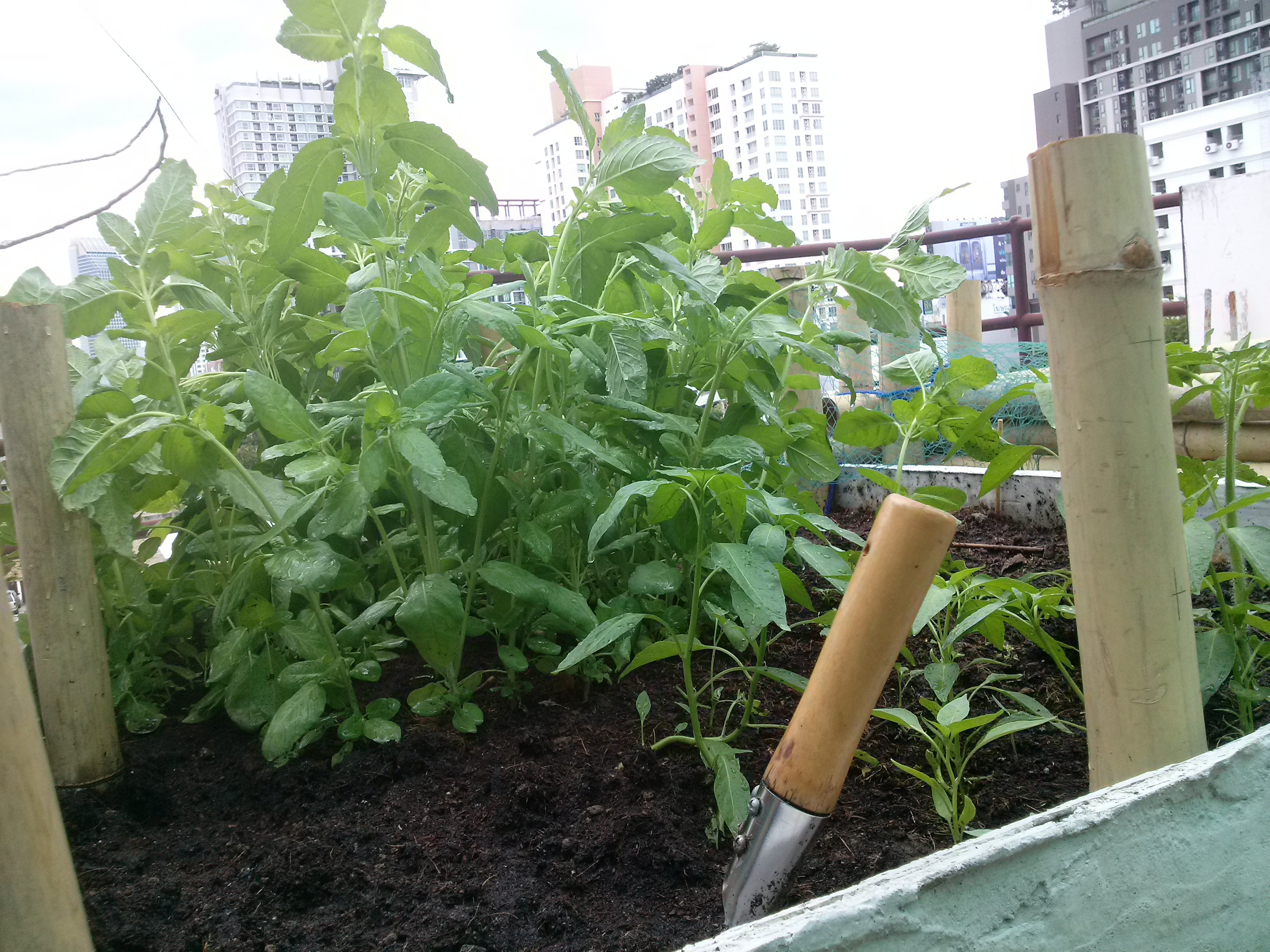 Our one and only ferrocement grow bed, on the other hand, was easier to lash together, is more stable, leaves no space for soil to wash out during rain (it has rained hard several times now since adding soil) and of course, is not attracting ants.
Our one and only ferrocement grow bed, on the other hand, was easier to lash together, is more stable, leaves no space for soil to wash out during rain (it has rained hard several times now since adding soil) and of course, is not attracting ants.
In the picture you can see primarily basil growing, as well as some chili plants, eggplant, and a few date trees that will be transferred to the farm.
So, we'll be building a few more ferrocement beds.
Follow ProgressTH.org on Facebook here or on Twitter here.
May 19, 2016 | ProgressTH To make a smart farm, of course, you need a way to power your sensors and automated systems. If you have an indoor system, it's easy enough to use a plug. On a rooftop or in a field you'll have no such luck.
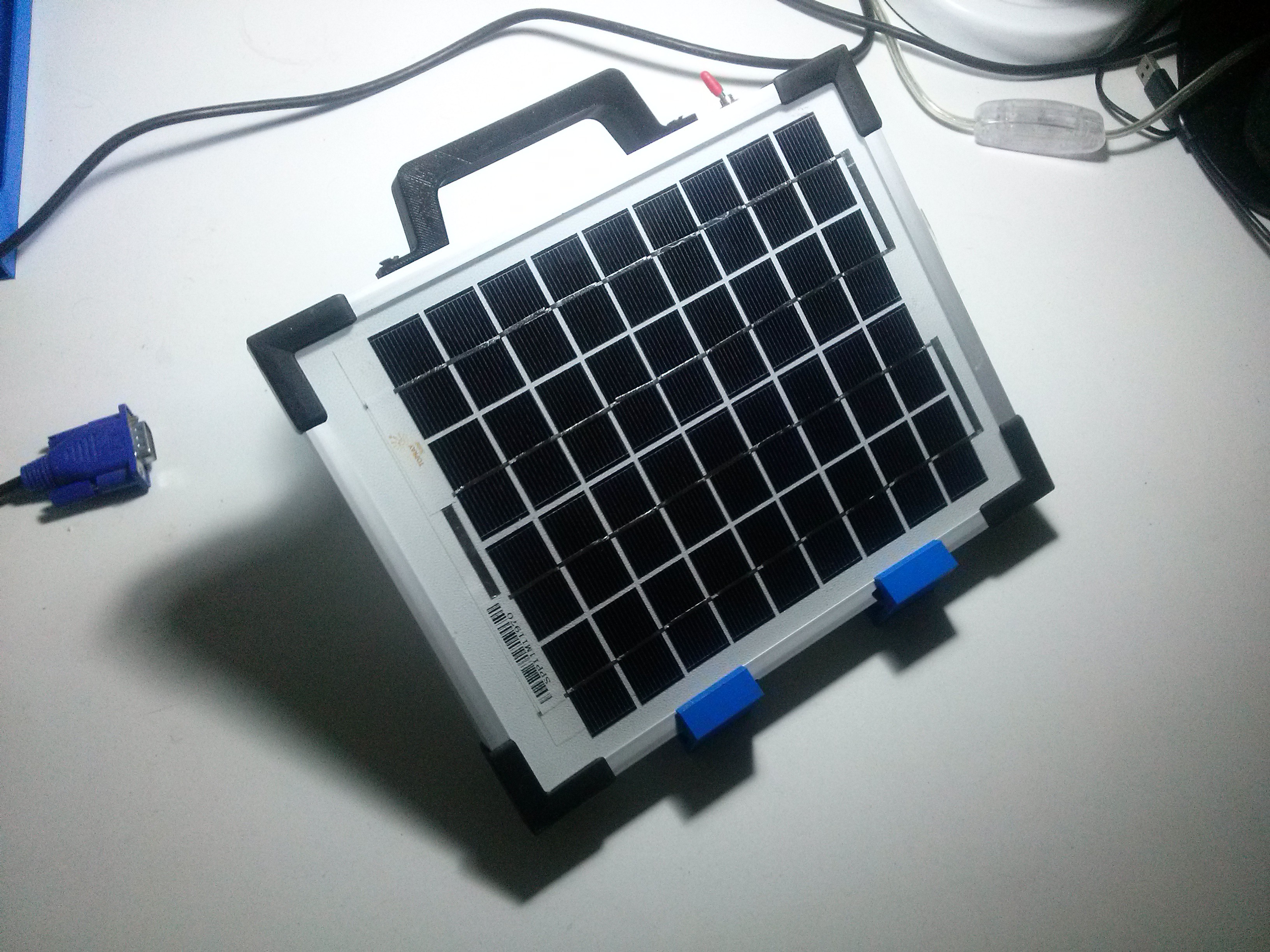
Solar power affords a cheap way to power senors and automated systems and because solar is cheap and getting cheaper still, you can now afford to set up a few systems scattered around your farm or rooftop.
This small 5W solar panel with a 12V sealed lead acid rechargeable battery and USB adapter will be the first attempt we make to power an Arduino project 24/7 off-grid. We plan on using this Instructable here to make another system using a common power bank.
Our current system was purchased from a local school that includes alternative energy in the curriculum. They sell kits students make as part of fundraising. When we got the kit we decided to alter it for our own use. This included new 3D printed handles (with the school's name on it) and 3D printed stands angled at 26° for the panel to sit whenever and wherever we are testing it.
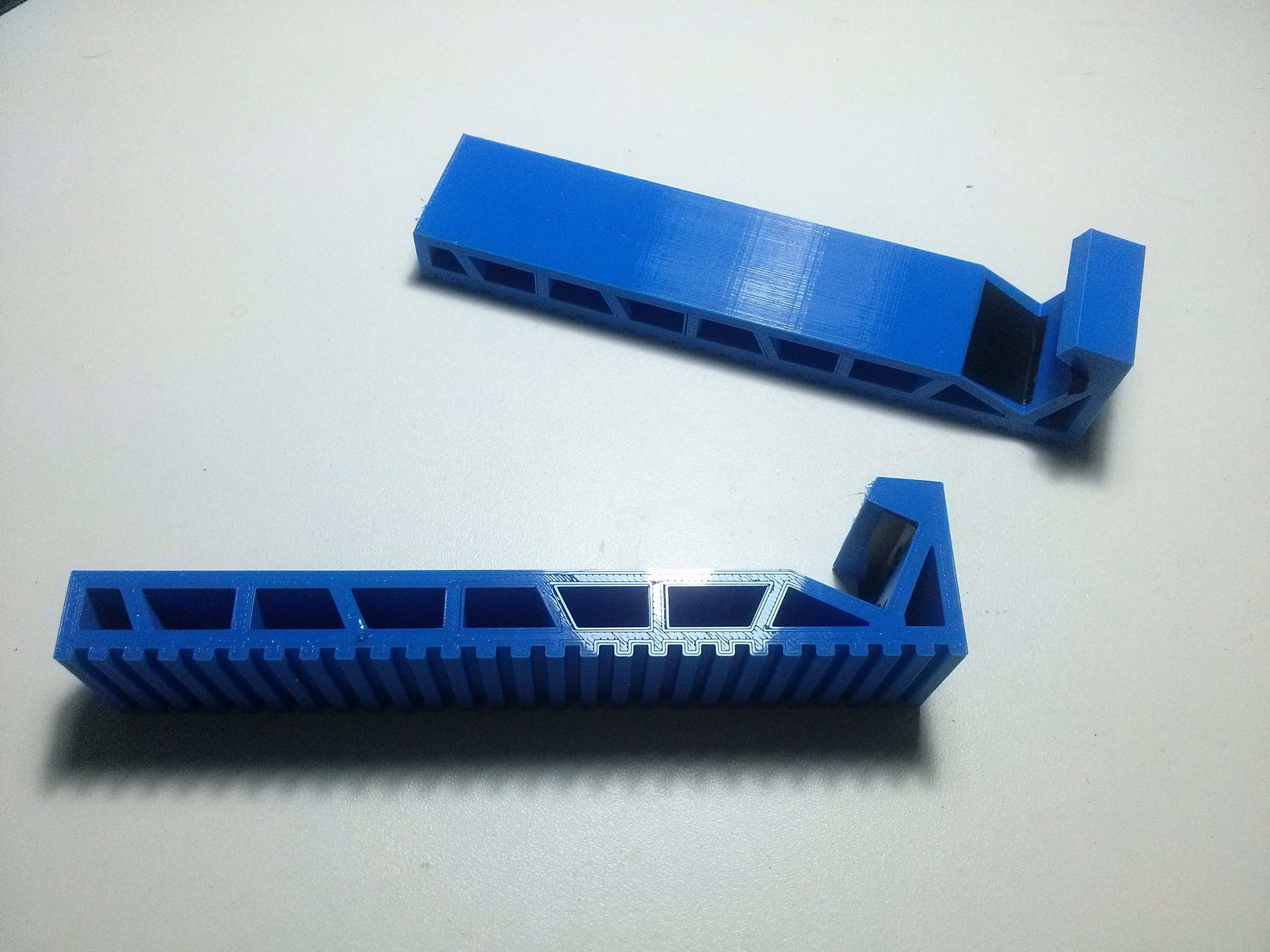
We'll be developing a suitable first project to use, perhaps our real time clock using WiFi. Our WiFi does reach the rooftop, so it would be a perfect way to test this system in a variety of ways.
Follow ProgressTH.org on Facebook here or on Twitter here.
May 16, 2016 | ProgressTH This is actually a project for an unrelated workshop, but the ability to hook up an Arduino to the Internet, get the real time, and even interface with Google Calendar could give garden/farm projects an extra degree of dynamic automation.
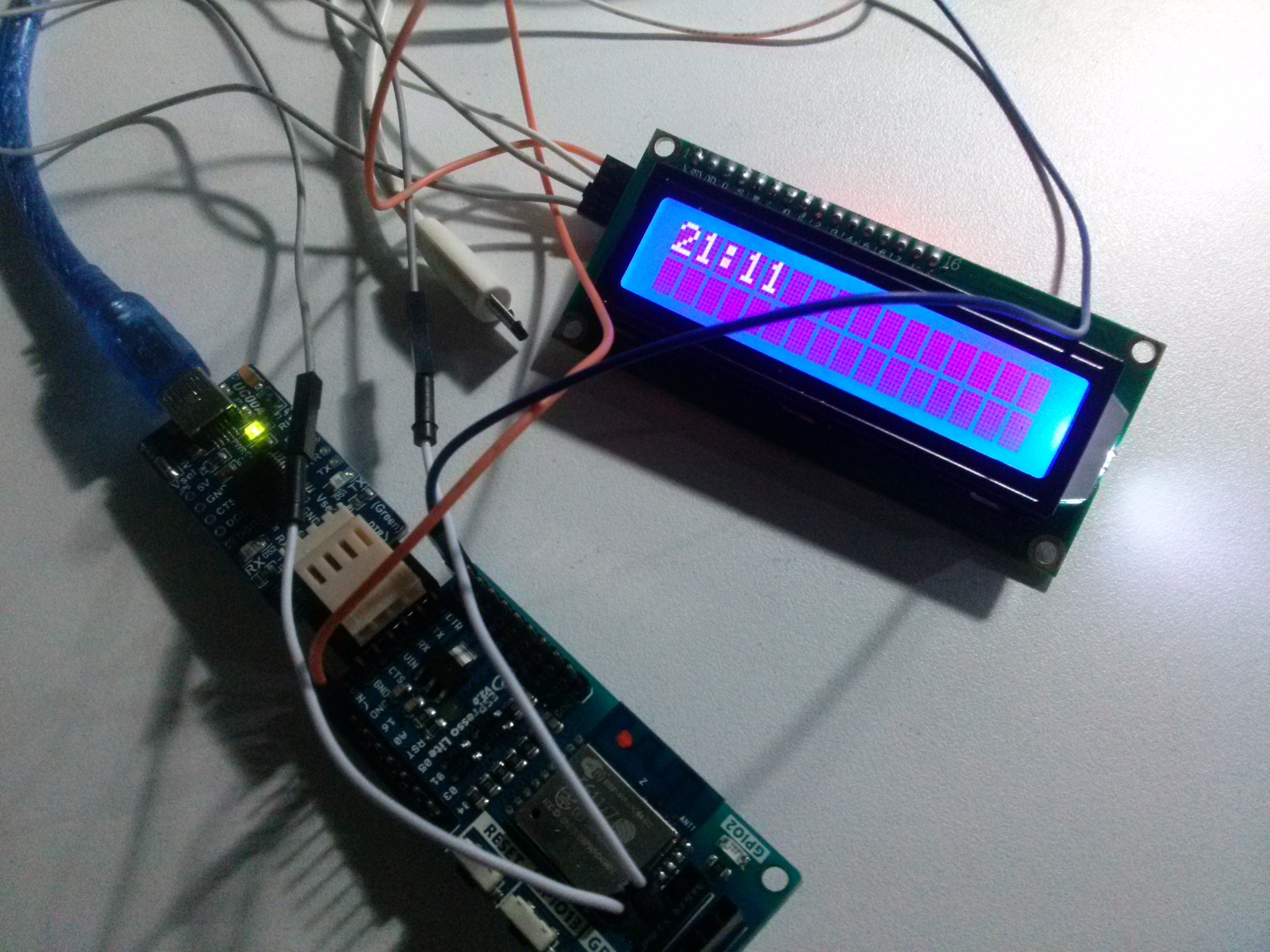
Cheap ESPresso Lite v2.0 boards can run simple projects like fish feeders, relays for water pumps and solenoids, and even for collecting and relaying data. There could be a way to program a Raspberry Pi to run everything centrally, and then you won't need a real time since its built into the Pi, but if you want something more decentralized, this might be a solution.
We got the ESPresso Lite hooked up to to the Internet and displaying the time accurately. The next step is to hook it up with a client online that can be used to dictate alarms, timers, and switches of different kinds.
The code for the basic real time function is in the files section and is modified, based off the code found here.
Using real time to activate garden/farm automation is next. Setting and resetting timers and alarms over the Internet will be the final step.
Follow ProgressTH.org on Facebook here or on Twitter here.
May 16, 2016 | ProgressTH We just visited a site in the middle of nowhere where an automated farm is being set up. They can do this because they are using solar power to move the water and power the timers and valves used to automate it.
The first step is conditioning the soil with organic fertilizer, but after that, solar powered water pumps and fertilizer mixers will be added so that after you plant your crops, everything is taken care of until its time to harvest.
Until then, this automated farm, being built by a network of volunteers in Thailand's Phetchaburi province, will serve as a model that will be replicated. Through this network, when we develop the sensor suite, it can be disseminated across the automated farms they are building now.
Follow ProgressTH.org on Facebook here or on Twitter here.
May 10, 2016 | ProgressTH We were signing into our other Hackaday.io account using Twitter and for whatever reason, regardless of the browser we used or what we tried, we could no longer do that. This account we could sign in using our e-mail so it looks like all of our projects are now going to be covered from this account from now on.
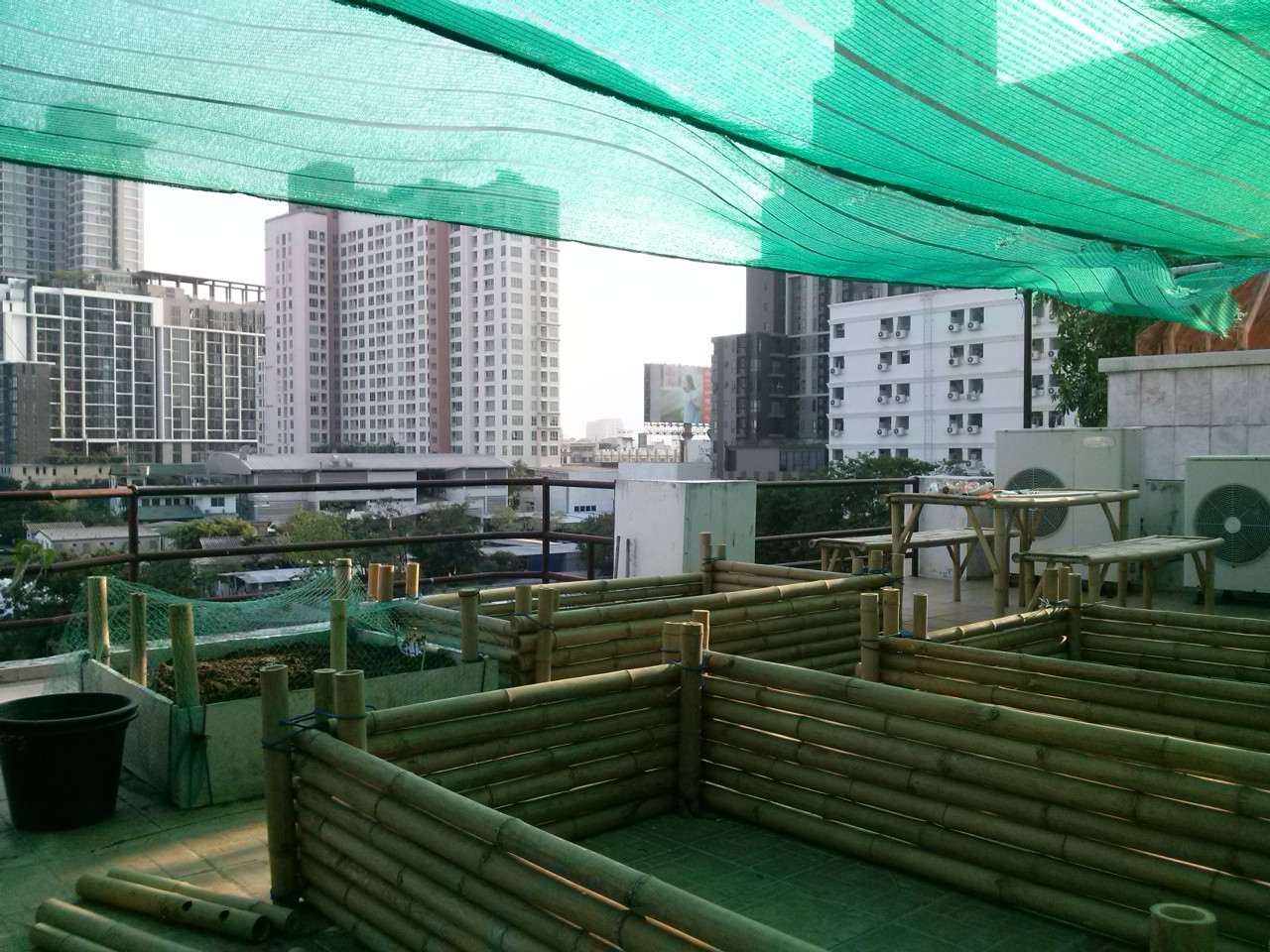
We're also trying to finish up the rooftop garden but there is construction going on next door on the roof so we want to wait for the dust/paint/beer cans to settle down before filling our raised beds (pictured above) with soil. In the meantime, we'll build the long-delayed indoor growBot. Stay tuned!
Create an account to leave a comment. Already have an account? Log In.
Become a member to follow this project and never miss any updates
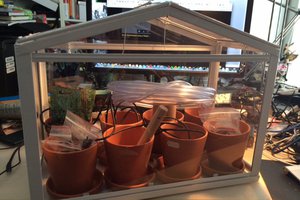
 eelco.rouw
eelco.rouw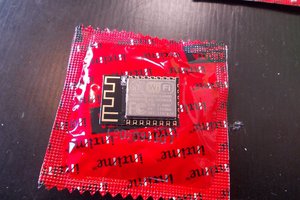
 Arya
Arya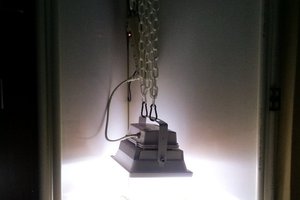
 ProgressTH
ProgressTH
 Josh Starnes
Josh Starnes